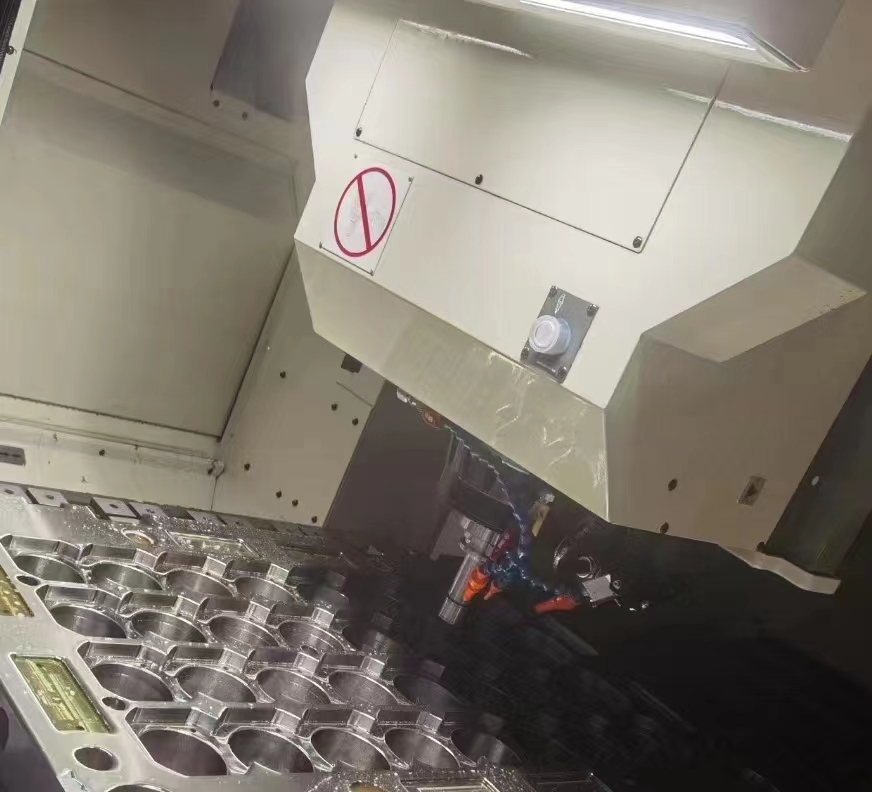The manufacturing industry in South Korea is renowned for its innovation and quality. Among the myriad of materials that play a crucial role, mold steel stands out as a fundamental component in the production process. This article explores the best mold steel options available to the South Korean manufacturing industry, providing insights into their properties, applications, and advantages. Understanding these options can significantly enhance productivity and product quality for manufacturers in the region.
What is Mold Steel?
Mold steel is a specialized type of tool steel designed for manufacturing molds and dies used in processes such as injection molding, die casting, and compression molding. Its unique properties, including hardness, wear resistance, and toughness, make it ideal for creating durable and precise molds. In South Korea, where rapid technological advancements require high-quality mold production, selecting the right type of mold steel can directly impact the efficiency and quality of manufacturing.
Key Properties of Mold Steel
- Hardness: Essential for maintaining dimensional stability and surface finish.
- Wear Resistance: Critical for enhancing the lifespan of molds.
- Toughness: Necessary to withstand high impact and stress during the molding process.
- Machinability: Important for ease of shaping and modifying the molds.
- Corrosion Resistance: Helps prevent degradation, especially in humid environments.
Top Mold Steel Options for South Korea
When it comes to selecting mold steel, several options are available in the South Korean market. Below is a comparative table showcasing some of the popular types of mold steel, highlighting their primary attributes, advantages, and typical applications.
| Mold Steel Type | Hardness (HRC) | Wear Resistance | Toughness | Applications |
|---|---|---|---|---|
| H13 Steel | 48-52 | Excellent | Medium | Hot Work Molds |
| P20 Steel | 30-48 | Good | High | Injection Molds, Blow Molds |
| S7 Steel | 52-58 | Very Good | Medium | Semi-Hot Work Molds |
| 1.2738 Steel | 28-30 | Good | High | Multi-Cavity Injection Molds |
| DC53 Steel | 58-62 | Excellent | Medium | High-Volume Production Molds |
Choosing the Right Mold Steel
Selecting the right mold steel depends on various factors, including the intended application, production volume, and budget constraints. Here are key considerations that South Korean manufacturers should keep in mind:
- Application Requirements: Assess whether your molds are intended for hot or cold processes.
- Durability Needs: Consider the expected production volume and lifespan of the mold.
- Cost vs. Performance: Evaluate the balance between initial material costs and long-term benefits.
- Availability: Ensure that the selected mold steel type is readily available in the South Korean market.
- Vendor Reliability: Choose suppliers with a proven track record in quality and service.
Advantages of Using High-Quality Mold Steel
Investing in high-quality mold steel brings several advantages to the manufacturing process:
- Enhanced Mold Lifespan: Quality mold steels exhibit superior wear resistance, extending service life.
- Improved Surface Finish: A precise mold leads to better surface textures on final products.
- Reduced Production Downtime: Durable molds minimize the need for frequent replacements.
- Cost-Effectiveness: Although high-quality steels may have higher initial costs, their longevity leads to savings in the long run.
- Reputation for Quality: Producing high-quality products boosts customer satisfaction and brand reputation.
Future Trends in Mold Steel Manufacturing
The landscape of mold steel is evolving due to advancements in material science and manufacturing techniques. South Korean manufacturers need to stay updated on the latest trends to maintain competitiveness:
- Advanced Alloys: Development of new steel alloys with improved properties.
- Smart Manufacturing: Integration of IoT and AI in mold design and production.
- Environmentally Friendly Materials: Adoption of sustainable practices in sourcing and using materials.
- 3D Printing: Increasing use of additive manufacturing technologies for mold production.
- Customized Solutions: Shift towards tailored mold solutions for specialized industries.
Conclusion
In conclusion, choosing the right mold steel is a critical decision for manufacturers in South Korea. The selection process must involve careful evaluation of various mold steel types, their properties, and suitability for specific applications. By investing in high-quality mold steel, manufacturers can enhance production efficiency, reduce costs over time, and improve product quality. Staying abreast of industry trends will also ensure that South Korean manufacturers maintain a competitive edge in the global marketplace. Remember, the right investment in mold steel today will pave the way for better outcomes tomorrow.

